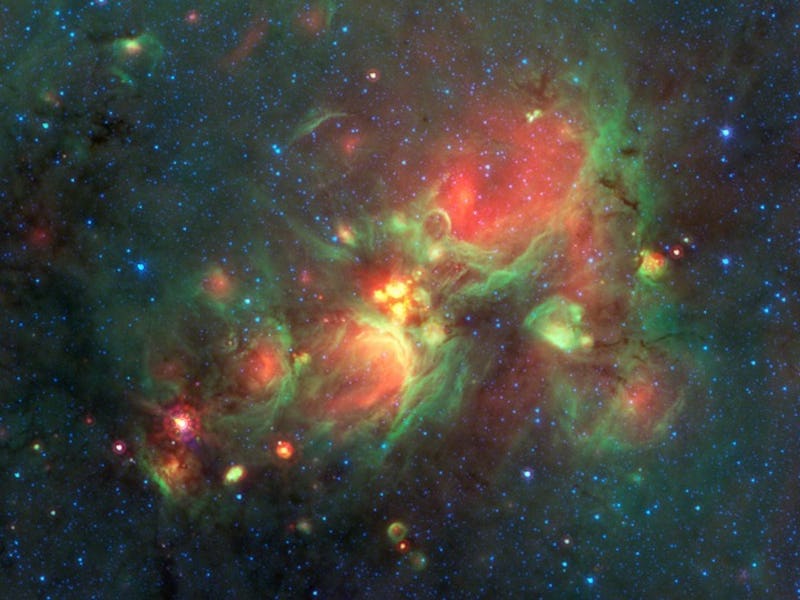No, NASA Did Not Discover Over 1,200 Planets Crawling With Alien Life
All hell always breaks loose when there's a major space science announcement.

Astronaut Scott Kelly once said that space is hard. Something else that’s apparently hard: space journalism. It’s extremely easy to veer into a ditch and begin making conjectures that stretch the truth — or flat out make false claims. Observe:
That’s the Daily Express, a UK tabloid with a circulation of more than 430,000, basically telling readers that NASA is telling people it found over 1,200 planets, all with the potential to hold alien life.
That’s not true. At all. What happened was this: NASA announced Tuesday that 1,284 candidate objects observed by the Kepler Space Telescope were now confirmed as exoplanets. Only nine of those planets were found to be in what’s called the habitable zone (sometimes referred to as the “Goldilocks zone”) in which liquid is thought to be able to exist on the surface — if the conditions are right.
Unfortunately, quite a few publications decided that perhaps this wasn’t newsy enough — and took matters into their own hands to make some arguably irresponsible conjectures:
Nowhere in Tuesday’s announcement did any NASA official proclaim the new discovery was further evidence aliens might exist. NASA’s official line has actually always been that aliens might exist — we just don’t know because we’ve never found any sign of extraterrestrial life. And finding 1,284 (not 1,234) new exoplanets isn’t the same as finding signs of alien life — it just widens the potential we might stumble upon such signs.
This one … I can’t even handle this one. NASA didn’t find a new Earth. It definitely didn’t find an alien base. Where could this site possibly be getting this information?
This headline by Inc.com poses a problem because it suggests NASA found more than a thousand planets in close proximity of one-another — and that’s also not true at all. This new batch of exoplanets were found after scanning 150,000 stars in the night sky. That’s an incredibly wide space. It isn’t as if these objects are all housed in the same star system.
This one isn’t wrong — it’s just underwhelming. Come on, U.S. News & World Report. NASA gives you the opportunity to say “over a thousand new planets” and you just write “hundreds?”
The keyword here is “broken”: the Kepler Space Telescope ran into some technical issues last month, and it made people a bit worried about the future of the exoplanet research. But thankfully, NASA worked the kinks out and got the telescope back to full operational capability. It’s not broken. You would think the Houston Press, based in the same city as NASA’s mission control, would know better than to spread this kind of misinformation, but I suppose not. (Also it’s worth noting these new findings are from data collected several years back — before Kepler ran into problems.)
That’s just a snippet of the problems some outlets ran into — or rather, are creating — when they reported on these latest findings. And the consequences, of course, is that people begin to start buying into false narratives or lending credibility to ideas that haven’t been proven yet.
Maybe The Onion has the right idea about how NASA should go about these things.